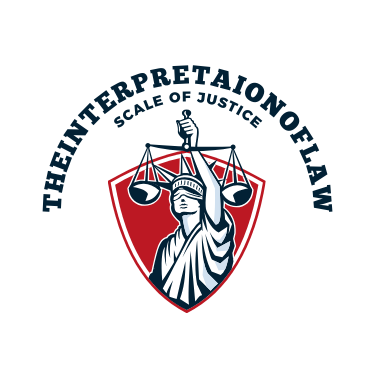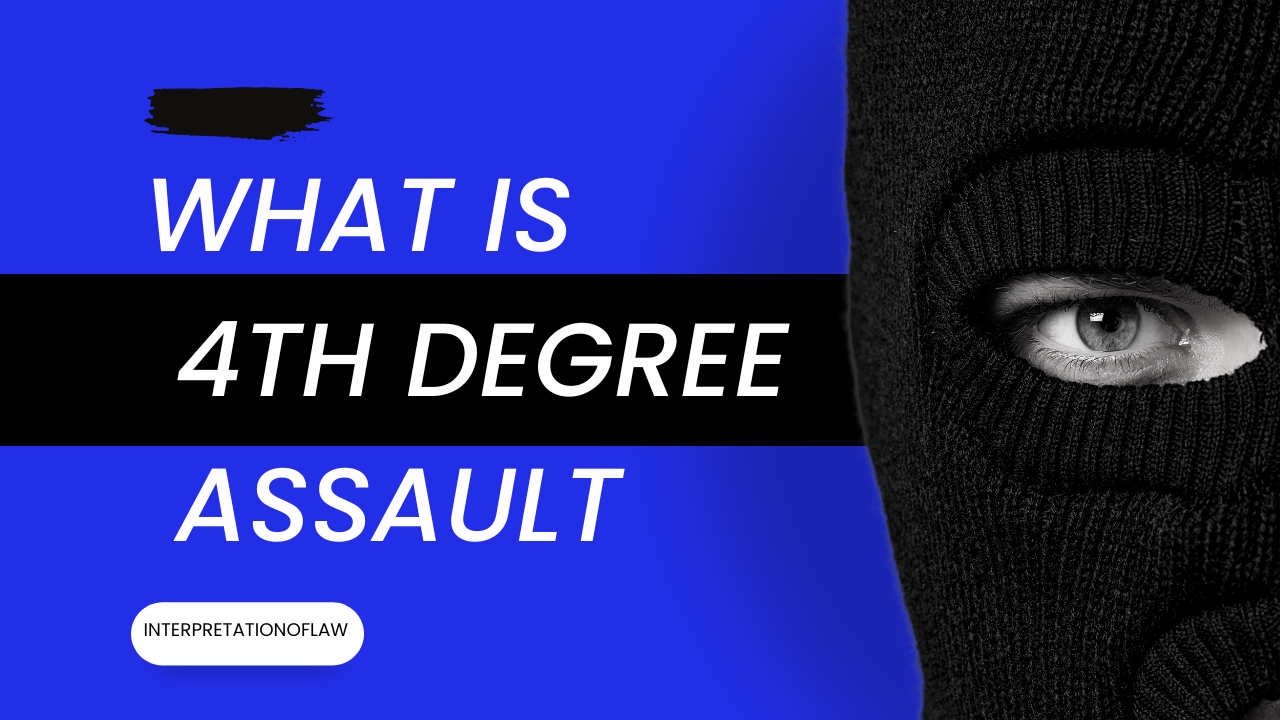When it comes to the intricacies of the law, understanding where the line is drawn between simple disagreement and criminal behavior is of the essence. One such area that has seen increased scrutiny is that of ‘assault in the 4th degree.’ But what does this term really encompass? Who does it affect, and how can individuals ensure that their actions do not lead them into this legal territory?
In this detailed guide, we’ll unpack the various elements of 4th degree assault, offer insights into the legal nuances, and explore how this concept impacts not just legal professionals but also the general public.
Introduction to 4th Degree Assault: Definition and Overview
4th degree assault, also known as assault in the fourth degree, is commonly a criminal violation, falling within the broader categories of assault and battery. It constitutes a significantly lesser offense compared to the more severe degrees of assault but can still lead to significant legal repercussions.
Assault in 4th degree is often defined as an attempt to cause or causing physical injury to another person, making it more extensive than verbal threats and harassment but less severe than other forms of assault. It is crucial to recognize that definitions and classifications of assault can differ by jurisdiction, and the degree of assault may carry varying penalties accordingly.
Furthermore, assault can be classified as simple or aggravated, and can also be distinguished by the recklessness or intent of the person committing the act. Intent to harm may upgrade the offense from reckless to simple assault, and the presence of a deadly weapon or harm against certain vulnerable persons may further elevate the charges to aggravated assault.
Legal Framework: What is Assault in the 4th degree?
To understand 4th degree assault, one must become familiar with the legal framework within which the concept is enshrined. Laws regarding assault and their corresponding degrees are usually defined at the state level and thus vary widely across different regions.
The legal framework typically consists of statutory provisions that describe the elements of the offense, the mental states required, and any relevant considerations or exceptions. Case law also plays a significant role in shaping the interpretation and application of assault laws.
For example, a state’s statutes might define 4th degree assault as causing physical harm with ‘culpable negligence,’ which implies a person acted with gross negligence, thereby creating an unreasonable risk of injury. This would differ from states that define 4th degree assault as an intentional act to cause fear or injury, as the mental state required for this would be a cognizant decision to act with the awareness that the conduct is likely to cause fear or harm.
Types of Behavior Covered: Detailed Breakdown
To provide a comprehensive understanding of 4th degree assault, it’s important to delineate the types of behavior that could lead to such charges. These behaviors may include:
- Verbal Threats with an Apparent Ability to Carry Them Out: This might include instances where an individual threatens bodily harm and, due to their actions or demeanor, it is reasonable for the victim to believe that the threat is credible.
- Minor Physical Altercations: Although not resulting in significant injury, any unwarranted touching can be construed as assault. Pushing, shoving, or even a slap, if uninvited and lacking consent, might be considered 4th degree assault.
- Causing Physical Harm through Recklessness: Any situation where an individual’s reckless behavior causes injury to another person can result in 4th degree assault charges. An example might be a person driving dangerously and causing an accident that results in someone else’s injury.
- Conduct Putting Another in Fear of Harm: Creating a reasonable fear of imminent bodily harm, whether through stalking, harassment, or other behaviors, can also lead to 4th degree assault charges.
By examining these behaviors, individuals can better understand the legal standards for 4th degree assault and the types of actions that could potentially cross the line into criminal behavior.
Potential Penalties and Consequences
How bad is fourth degree assault? Understanding the potential penalties and consequences of 4th degree assault charges is critical for anyone potentially facing such allegations. The penalties for 4th degree assault vary depending on the jurisdiction, the specific circumstances of the case, and the criminal history of the accused.
Common penalties for 4th degree assault may include fines and imprisonment. However, it’s important to note that in some jurisdictions, 4th degree assault is considered a misdemeanor, which could result in lesser penalties, such as a short jail term or community service. In other regions, it may be classified as a gross misdemeanor, carrying more severe consequences that may impact an individual’s future employment and personal life.
In addition to legal penalties, those found guilty of 4th degree assault might also face secondary consequences, such as restraining orders, loss of certain civil rights, and a permanent criminal record that could affect various aspects of an individual’s life for years to come.
4th degree assault jail time can range from several days to over a year, depending on the jurisdiction and, 4th degree assault fines up to $5,000. A misdemeanor charge might result in up to one year in jail, while a gross misdemeanor could carry up to 364 days.
Examples of 4th Degree Assault Cases
To illustrate the variety of circumstances that can result in 4th degree assault charges, several examples from real cases can be examined:
- A Domestic Dispute Escalates: In a heated argument, one partner shoves the other, leading to a call to law enforcement. Despite the absence of serious injury, the case meets the criteria for 4th degree assault.
- A Reckless Reckon Results in Injury: A driver, in a fit of road rage, swerves towards another vehicle, causing it to crash and the occupants to suffer minor injuries.
- A Disturbance at a Social Gathering: An altercation at a bar results in one patron hitting another, causing bruising but no more serious harm, leading to the instigator facing 4th degree assault charges.
By examining real-world scenarios, legal professionals, as well as the general public, can better internalize the broad spectrum of situations that might fall under 4th degree assault.
Prevention and Awareness: Steps to Avoid 4th Degree Assault
In light of the potentially serious implications of 4th degree assault, it’s crucial to promote awareness of how individuals can avoid this kind of legal entanglement. This includes promoting healthy conflict resolution methods, understanding personal boundaries, the importance of consent, and the potential consequences of one’s actions.
Here are some proactive steps to avoid 4th degree assault:
- Communication and Conflict Resolution: Valuing clear communication and non-violent conflict resolution methods can prevent disputes from escalating.
- Understanding Boundaries: Recognizing and respecting personal and physical boundaries of others is crucial in avoiding accusations of assault.
- Consent and Mutual Agreement: Ensuring that all physical interactions are consensual and agreed upon can prevent misunderstandings that might lead to criminal charges.
By promoting these strategies, individuals can minimize their risk of engaging in behavior that could be interpreted as 4th degree assault.
Conclusion: Recap and Importance of Understanding 4th Degree Assault
Recognizing the finer details of assault in the 4th degree is not only important for legal professionals who grapple with such cases daily but also for the wider public. It prompts a broader conversation on conflict, communication, and the boundaries of personal behavior.
Understanding 4th degree assault, its legal implications, and the types of behaviors that could lead to such charges is an essential part of navigating society responsibly and within the boundaries of the law. By being aware of the potential consequences and striving to cultivate a culture of non-violence and respect, individuals can contribute to a safer and more just community for all.
For those in the legal profession, staying informed about the nuances of 4th degree assault can lead to more effective counsel and representation for clients involved in such cases. For the public, education on these legal matters can both prevent misunderstandings and help individuals respond appropriately when faced with allegations or incidents related to 4th degree assault.
Ultimately, the more we can demystify and articulate the boundaries set by laws, like those regarding 4th degree assault, the better equipped we are to live harmoniously and safely in society.

Carter Wilson is a licensed lawyer with over 10 years of experience in various legal fields. He is passionate about making law accessible to the general public and helping individuals navigate through complex legal matters.

